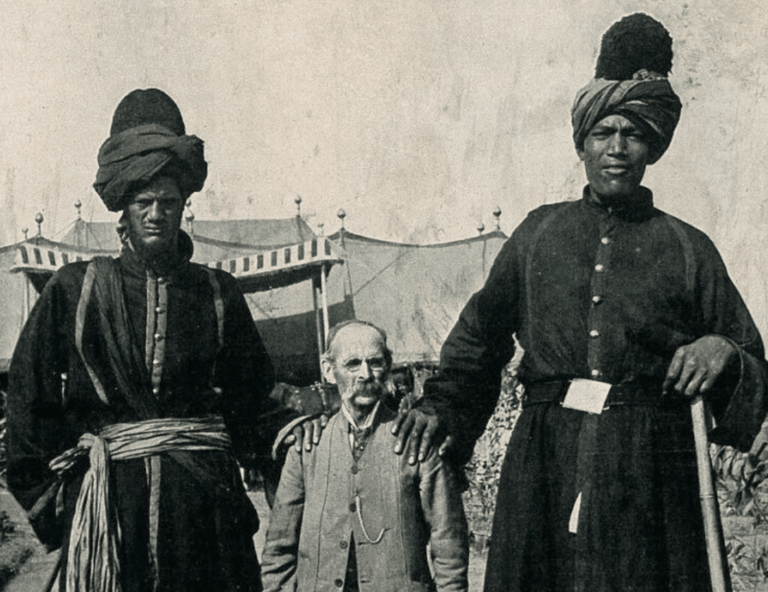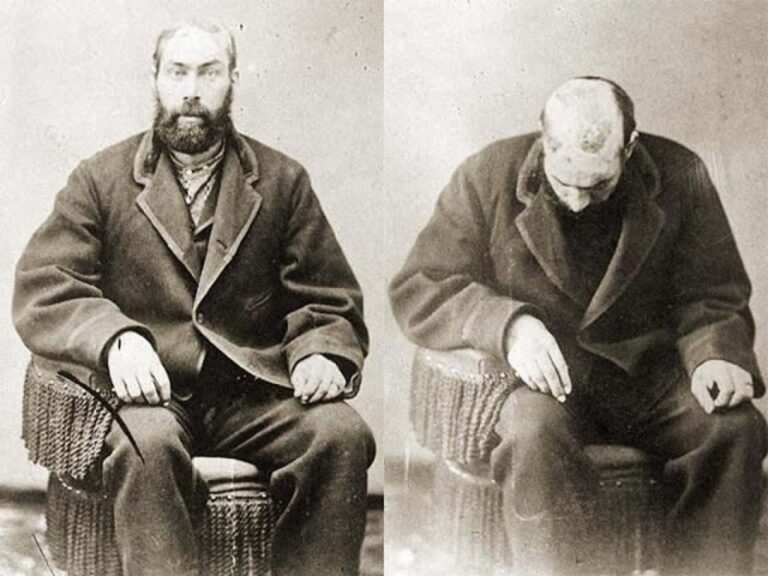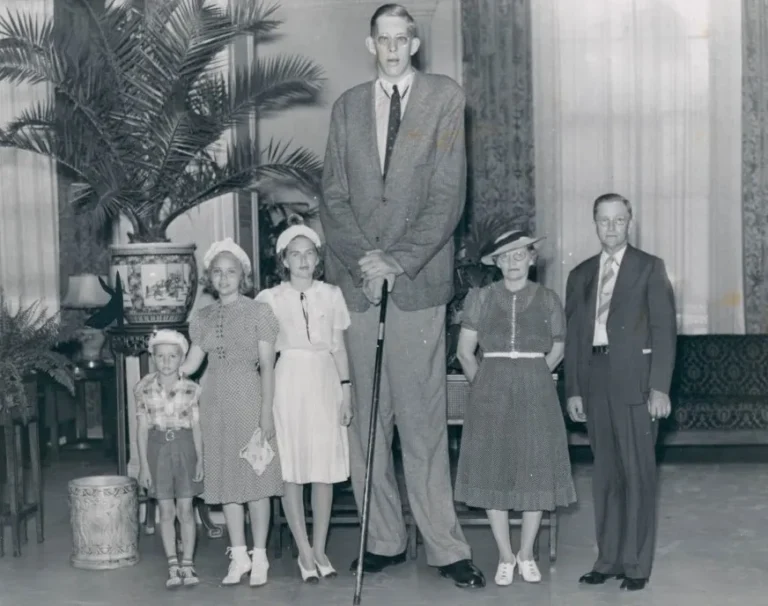Inside the Medieval Manor: Daily Life and Social Hierarchies
Life in a medieval manor was deeply intertwined with the rhythms of agriculture. The manor’s economy relied heavily on farming, and its success was closely linked to the management of its fields. Understanding the intricacies of these agricultural practices reveals much about the daily existence of those who lived within these medieval estates.
Crop Cultivation and Field Management
The manor was often surrounded by a range of agricultural fields, each serving a specific purpose. The primary crops included wheat, barley, oats, and rye, which were staples in the medieval diet. The cultivation of these crops followed a three-field system, a method designed to maximize productivity while allowing soil recovery.
- Spring Crops: These were sown in early spring and included oats and barley, which were hardy and suited to the cooler growing conditions.
- Autumn Crops: Wheat and rye were planted in the autumn, giving them the entire winter to germinate and grow.
- Fallow Fields: Every third field was left fallow, or unused, for a season to restore its fertility. This practice was crucial in maintaining soil health and ensuring long-term agricultural productivity.
The Concept of Fallow Fields
Fallowing was a key agricultural strategy in medieval times. Leaving a field fallow meant it was not cultivated for a season, allowing the soil to recover its nutrients naturally. This was particularly important in a time before the advent of chemical fertilizers. The benefits of fallowing included:
- Soil Fertility: Fallowing prevented the depletion of essential nutrients, ensuring future crops had a fertile ground to grow.
- Weed Control: Unused fields helped control weed growth, which could otherwise overrun cultivated areas.
- Pest Management: Allowing fields to rest helped reduce the buildup of pests and diseases that could harm crops.
Impact on Manor Economy
The effectiveness of agricultural practices, including the strategic use of fallow fields, had a significant impact on the manor’s economy. The success of harvests directly influenced the wealth and stability of the manor. A well-managed manor could yield surplus crops, which were vital for trade and sustaining the local community.
Economic stability was achieved through:
- Surplus Production: Excess crops could be sold or traded, providing additional income for the manor.
- Stable Food Supply: Consistent and productive farming ensured a steady food supply for the manor’s inhabitants.
- Economic Resilience: Effective land management practices helped the manor withstand periods of poor harvests or economic downturns.
Life for Serfs and Peasants in the Manor

Serfs and peasants formed the backbone of the manor’s workforce. Their daily lives were marked by hard labor, strict feudal obligations, and limited personal freedom. Understanding their roles and experiences offers insight into the social structure of medieval life.
Work and Responsibilities of Serfs
Serfs were bound to the land and required to work on the lord’s demesne (the part of the manor directly controlled by the lord). Their duties included:
- Field Work: Planting, cultivating, and harvesting crops were primary tasks.
- Animal Husbandry: Caring for livestock, including cows, pigs, and sheep, was essential for the manor’s economy.
- Maintenance Tasks: Serfs were also responsible for maintaining infrastructure such as roads and buildings.
Despite their hard work, serfs had limited control over their lives and were subject to various obligations:
- Tithes and Rents: Serfs paid a portion of their produce or income to the lord as rent.
- Labor Services: In addition to their own fields, serfs were required to work on the lord’s land for a specified number of days each week.
The Feudal System and Its Effects on Manor Life
The feudal system was the framework within which manor life operated. This hierarchical structure influenced every aspect of daily existence:
- Social Hierarchy: The manor was a microcosm of the broader feudal society, with the lord at the top and serfs at the bottom.
- Obligations and Rights: The system dictated the rights and responsibilities of both lords and serfs, often creating a rigid social order.
- Economic Exchange: Feudal obligations were tied to economic exchange, with serfs providing labor and produce in return for protection and land use.
The Structure of a Medieval Manor
A medieval manor was a complex structure designed to accommodate the needs of its inhabitants and manage its agricultural and economic activities. The layout of a manor typically included several key components.
Main Buildings and Their Functions
- The Great Hall: This central building was used for communal activities, including meals, meetings, and celebrations. It was the heart of the manor’s social life.
- The Manor House: The residence of the lord and his family, it was often the most elaborately decorated building on the estate.
- The Chapel: Religious services and ceremonies were held here, reflecting the manor’s importance in the spiritual life of its inhabitants.
The Role of the Manor Lord and Lady
The manor lord and lady played crucial roles in the management and social life of the estate. Their responsibilities included:
- Administrative Duties: Overseeing the manor’s operations, including legal and economic matters.
- Judicial Functions: Resolving disputes among the manor’s inhabitants and maintaining order.
- Social Leadership: Hosting events, managing relationships with other lords, and providing for their household and dependents.
Responsibilities and Duties of Manor Lords
Manor lords were expected to:
- Ensure Economic Stability: Effective management of resources and labor was essential.
- Provide Protection: Lords were responsible for the safety and security of their serfs.
- Maintain Justice: Upholding the law and resolving conflicts within the manor.
Festivals, Celebrations, and Cultural Life in the Manor
Despite the rigorous demands of daily life, the inhabitants of a medieval manor enjoyed various festivals and cultural activities. These events were integral to the social fabric of manor life.
Major Feasts and Festivals
- Harvest Festivals: Celebrated the completion of the harvest and the abundance of produce. These were times of feasting and communal joy.
- Religious Festivals: Important saints’ days and church celebrations marked the religious calendar and provided opportunities for communal gatherings.
- Seasonal Celebrations: Festivals tied to the changing seasons, such as Christmas and Easter, were significant in marking the passage of time.
Entertainment and Leisure Activities
Leisure activities included:
- Music and Dance: These were popular forms of entertainment, often enjoyed during festivals and gatherings.
- Games and Sports: Activities such as archery and jousting were common, particularly among the nobility.
Challenges and Hardships: Disease, War, and Famine
Life in a medieval manor was not without its difficulties. Inhabitants faced numerous challenges that affected their well-being and stability.
Impact of Disease and Epidemics
Disease was a constant threat, with epidemics such as the Black Death causing significant mortality and disruption. The impact of disease included:
- Population Decline: Widespread illness led to a decrease in the labor force and a strain on resources.
- Economic Hardship: Reduced productivity and increased mortality affected the manor’s economy.
Effects of War and Conflict on the Manor
Wars and conflicts could devastate manorial life by:
- Disruption of Trade: Conflicts often interrupted trade routes and economic activities.
- Destruction of Property: Battles and raids could lead to the destruction of buildings and infrastructure.
The Legacy of the Medieval Manor
The medieval manor played a pivotal role in shaping the social and economic structures of medieval society. Its legacy can be seen in various aspects of modern history and culture:
- Historical Significance: Manors represent a key component of feudal society and provide insight into medieval life.
- Cultural Impact: The traditions and practices of manor life have influenced historical narratives and cultural depictions of the medieval period.
Main Character’s Biography
| Name | Role | Description |
|---|---|---|
| Manor Lord | Landowner | Overseer of the manor, responsible for management and administration. |
| Serfs | Laborers | Bound to the land, working on the lord’s demesne and fulfilling obligations. |
Quotes
- “The manor was the center of medieval rural life, encompassing not just economic, but also social and cultural aspects.” — History Defined
References:
- History Defined https://www.historydefined.net






